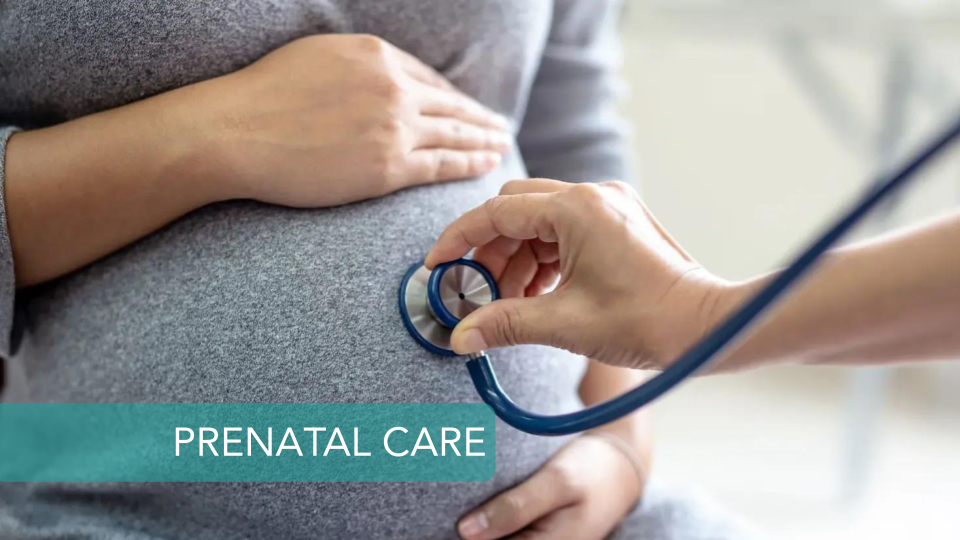Vitamin D and Pregnancy: What You Need to Know
- Jada Riley
- Jul 24
- 3 min read
Updated: Aug 14

Why Vitamin D Matters During Pregnancy
Vitamin D is essential for bone health, calcium absorption, and immune function. During pregnancy, the body’s demand for calcium increases to support your baby’s developing bones and teeth—making vitamin D even more important.
Yet, vitamin D deficiency in pregnant women is alarmingly common, with a global prevalence ranging from 18% to 84%, and 5% to 50% in the United States. Deficiency is linked to:
Preeclampsia
Gestational diabetes
Preterm birth
Low birth weight
Ensuring sufficient vitamin D through food, sunlight, and potentially supplements is key to promoting a healthy pregnancy and reducing complications.
How the Body Gets Vitamin D
Vitamin D is synthesized in the skin through sunlight exposure and is also present in a limited number of foods. Because many people get minimal sun due to indoor lifestyles, skin coverage, or sunscreen use, dietary intake becomes even more important.
Risk Factors for Vitamin D Deficiency During Pregnancy
You may be more likely to experience vitamin D insufficiency if you:
Have darker skin pigmentation
Wear clothing that covers most of your body
Use high-SPF sunscreen frequently
Have a high Body Mass Index (BMI)
Follow a diet low in vitamin D-rich foods
Smoke cigarettes
Spend limited time in the sun
Do You Need Vitamin D Supplements During Pregnancy?
The safest way to determine if you need a vitamin D supplement is to consult your healthcare provider, who may order a blood test.
According to the World Health Organization (WHO):
“Pregnant women should be encouraged to receive adequate nutrition through a healthy and balanced diet. Because sunlight is the main and most important source of vitamin D, they are advised to get appropriate sun exposure.”
However, there’s no universal recommendation for how much sun exposure is enough. It depends on factors like:
Time of day
Skin pigmentation
Amount of skin exposed
Geographic location
Season
Sunscreen use
If you’ve had vitamin D deficiency in the past, your provider may recommend supplementation at the Recommended Nutrient Intake (RNI) level. Note: current research is still ongoing regarding the full benefits and risks of supplementation during pregnancy.
Top Foods Rich in Vitamin D
While sunlight is the primary source, certain foods can help meet your vitamin D needs:
Fatty fish: salmon, mackerel, sardines, herring
Egg yolks
Fortified dairy or plant-based milk
Fortified breakfast cereals
Vitamin D is not found in meaningful amounts in meat, poultry, unfortified dairy, or commonly consumed fruits and vegetables.
Personalized Guidance Is Key
Because recommendations for vitamin D intake during pregnancy can vary, the best approach is to:
Eat a balanced, nutrient-rich diet
Get safe sun exposure
Work with your healthcare provider to assess your vitamin D levels
Follow personalized supplementation guidance, if needed
At Cubtale, we’re committed to helping parents stay informed and confident throughout their pregnancy journey—with real-time care tracking, expert-backed content, and personalized support.
Sources:
Abbasian, M. et al. “Vitamin D Deficiency in Pregnant Women and Their Neonates.” Global Journal of Health Science, 2016. NIH
Dasher, E. “Vitamin D during Pregnancy.” BabyCenter, 2021. BabyCenter
Larqué, E. et al. “Maternal and Foetal Health Implications of Vitamin D Status during Pregnancy.” Annals of Nutrition and Metabolism, 2018. Karger
Mulligan, M.L. et al. “Implications of Vitamin D Deficiency in Pregnancy and Lactation.” American Journal of Obstetrics and Gynecology, 2010. NIH
“Vitamin D Supplementation during Pregnancy.” World Health Organization, 2020. WHO
“Vitamins, Supplements and Nutrition in Pregnancy.” NHS, 2020. NHS





Comments